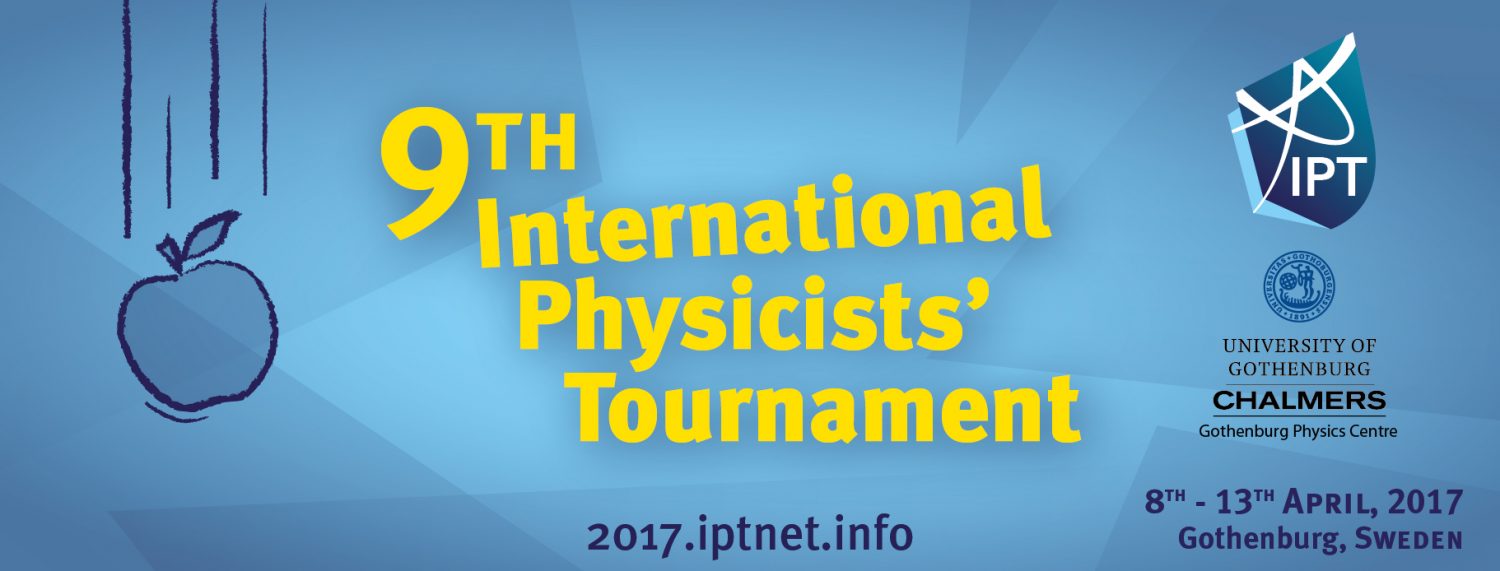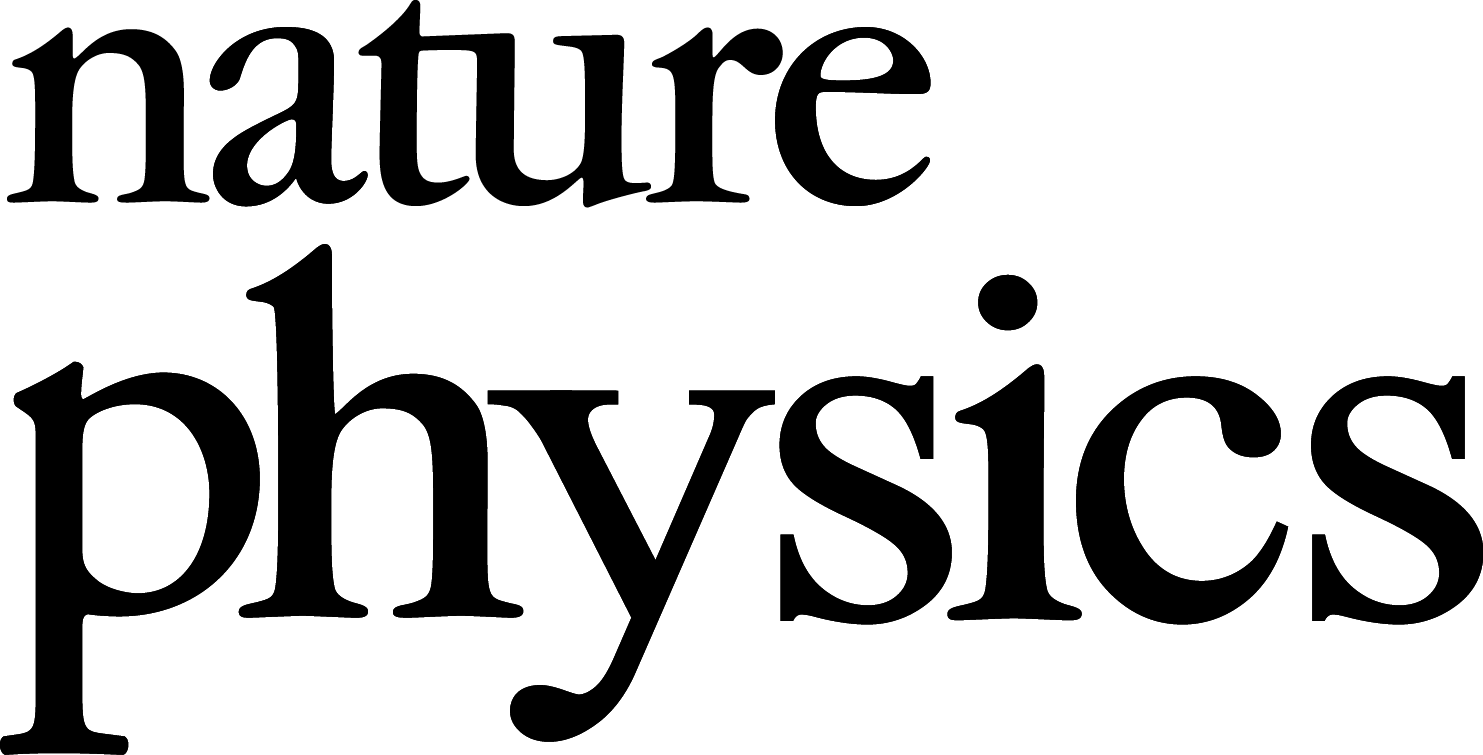Click here to download the IPT 2017 Problem list in PDF format.
If you have any questions about the list, or if you feel that some problems need clarifications, please write to us using the contact form. We will publish your questions and our answers below for each problem.
Release date: July 30, 2016.
Last revision : No revision.
1. Handy glider
It is possible to make small gliders with paper and to make them fly for a very long time by putting your hand below the glider during flight. Explain the physics behind this phenomenon and describe the optimal set of parameters for the best control of the glider.
2. Too many magnets
How many magnets can be accommodated within a given surface area before the structure collapses and the magnets stick together? How does the maximal areal number density of magnets depend on the important parameters?
3. LEGO Tower
A LEGO mold, water and gelatin can be used to produce jelly, or ‘gummy’ LEGO bricks. It is possible to build towers using these gummy LEGO bricks in the same way as can be achieved with their plastic counterparts. What is the maximum height of gummy LEGO tower that can be built and how does this depend on the concentration of gelatin in the bricks?
4. Long shot
It often happens in movies that a hero shoots an arrow vertically up and after some time the arrow falls and strikes the enemy. Suppose you are a professional archer with the best ancient Asian bow, such that you are able to take into account the effects of the wind and the Coriolis force and make the best shot possible in order to minimize the deviation of the arrow from the target. If you shoot with the maximum power in the straight up direction, how far will the arrow deviate from the target as a result of factors that are beyond your control? How is the answer likely to change for a modern rifle and bullet?
Be extremely careful when performing experiments!
5. Popcorn
At a certain temperature, popcorn bursts open, jumps and emits a ‘pop’ sound. Devise a method to estimate the jump height of the corn kernels based on measurements of the sound of the pop and determine the limits of the precision in your chosen method. Typical parameters for consideration may include the type of corn, initial positioning of corn, heating mechanism, heat, heating rate, kernel coupling, etc.
6. Electro-hydro entanglement
An analogy is often made between the behaviour of electric circuits and water flow in pipes. State the conditions under which this analogy holds. Can this analogy be readily applied to oscillatory circuits? electrovacuum lamps-triods? diodes? semiconductors? superconductors? logical elements? You may even try to create and demonstrate the analogy to some common electric device containing active and passive circuit elements such as “water radio”.
7. Aurora
Construct an experimental setup to simulate the aurora borealis in the laboratory. You should describe the theory behind its operation and give limits for the minimum possible size of your experimental apparatus.
8. Nail it!
Nail guns are often used to drive nail into wood. Build your own nail gun using liquid nitrogen evaporation. What is the maximum thickness of the wood board that can be pierced by a nail fired from such a pistol if it should consume no more than 50 ml of liquid nitrogen per shot?
Be extremely careful when performing experiments!
9. Water trail
A spray of water drops can be generated behind the wheels of a moving car on a wet road. How does the height and length of the spray trail that is formed depend on the speed of the car? What is the mean size of the drops that are formed? Can the drops form a mist that is thick enough to seriously reduce the visibility on a busy highway?
10. Light-driven vehicle
Build a toy car that is powered by an external light source. What is the maximum speed that the car can reach if it starts moving from rest? The light source cannot be moving with the car and is limited to 5 W of power consumption. What are the important parameters that influence the final speed of the car?
11. Walking chain
If you apply a short impulse to a long chain spinning around a horizontal axis, the chain may “walk” on a short distance. Explain this phenomenon and investigate the key parameters of the distance walked.
12. The thing
Leon Theremin is alleged to have designed a spy device called “the thing”. Develop your own version of this device in such a way that you can maximize the ratio of its working distance to its largest linear dimension. The optimization should be made after choosing some working frequency less than 1 GHz and some transmitter power less than 1 W (see «The Thing (listening device) »).
Take into account the legal restrictions on radio transmitters in your country!
13. Flat trees
Some liquids don’t flow freely down the walls of a vessel, but form tree-like structure (see picture). Which properties are required for liquids to behave in this way? Explain how these properties affect the shape and characteristic dimensions of the structures that are formed by these liquids.
14. Flashing lamp
The flashing of a faulty fluorescent lamp appears to be random in time. What are the physical origin and the statistical properties of the flashing?
15. Tea with honey
Construct a device to continuously stir a cup of tea with a tea spoon of honey at the bottom. The device should be operated using a single 1.5V AA battery and the honey should be dissolved and uniformly distributed in the minimum possible time. Propose your own criterion for determining the homogeneity of the stirred solution. How will using the sugar instead of honey, or adding a slice of lemon to your tea influence the results?
16. Smart cop
There is a rumor that one policeman in a small town can tell the speed of an approaching car without using any devices – it is simply enough for him to hear the sound of the car. Devise a method of finding the speed of a car by measuring the sound that it emits as it approaches. State the precision with which your method is able to detect the speed of the car if the result is to be obtained at least 30 m before the car passes by?
17. Magnetic fissioning of droplets
When a Neodymium magnet is brought close to a ferrofluid droplet suspended on a superhydrophobic surface, the droplets are observed to fission. Determine the smallest drop size that can be created in this way. How does the smallest drop size depend upon important parameters (initial droplet composition and volume, magnet and surface properties, the speed and position of the magnet approaching the droplet, etc.)?












